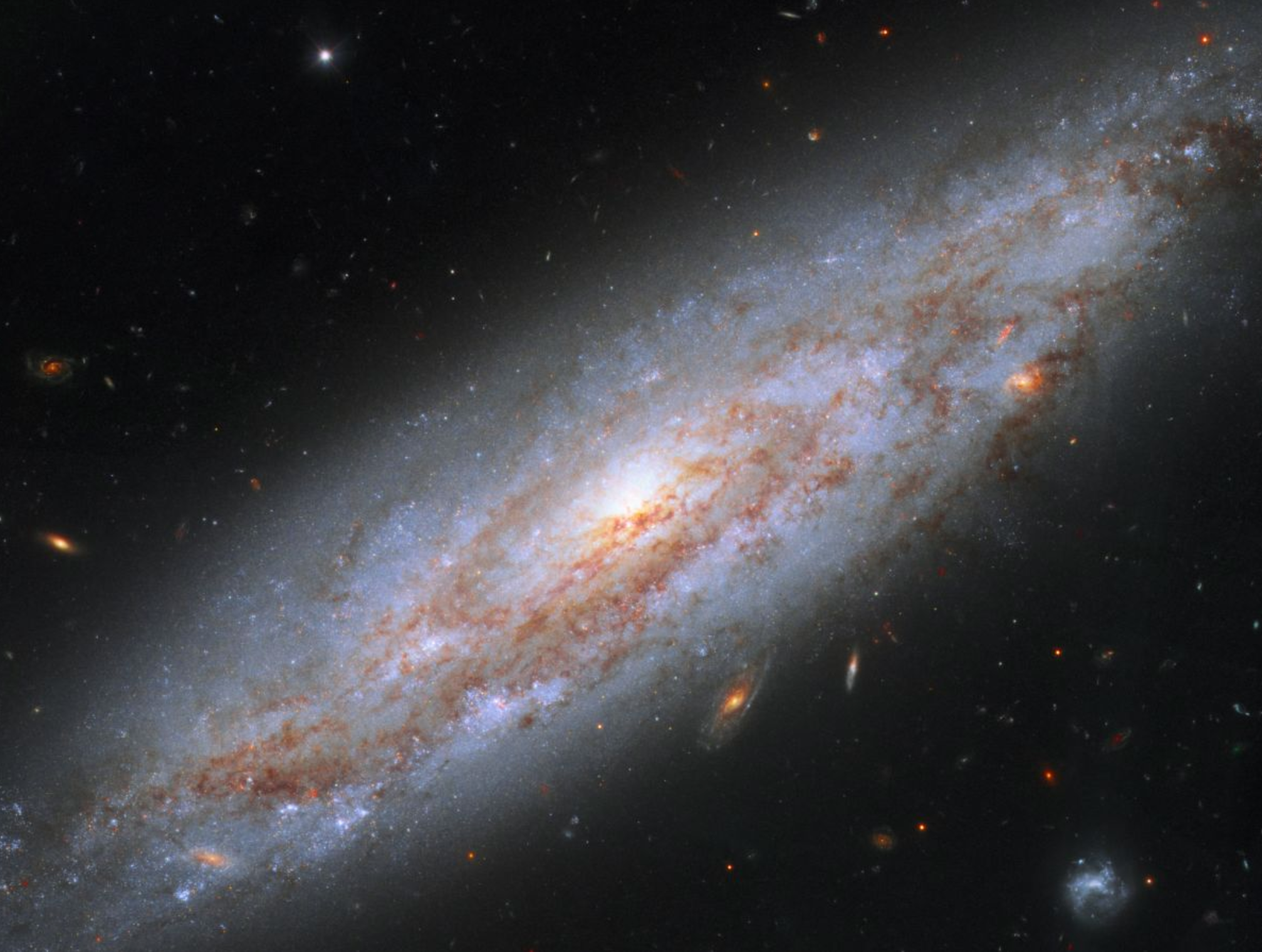How long would it take to walk a light-year?
The nearest star, Proxima Centauri, is 4.2 light-years from earth. How many miles is that? How long will it take to get there if you walked the whole way?
Let’s first start out with a few facts. Our universe has a speed limit, which is the speed of light. We know this from Albert Einstein’s Theory of Relativity.
The speed of light travels at 186,282 miles per second. This comes to 299,792 km per second, which you may have simply rounded to 300,000 km/s or 300,000,000 (3E8 m/s) in physics class.
In miles per hours, that’s 671 million mph, or 1.1 billion kmh.
That means if you were traveling at the speed of light, you’d be able to go around the earth 7.5 times each and every second.
It’s fast so it’s also handy when it comes to measuring light years since the universe is so large.
A light-year is the distance that light travels in the universe in one full year. How far is this?
If we measured things in miles or kilometers we’d have to deal with some astronomical numbers. So we can go by light-years to measure these huge cosmic distances instead.
There are about 31.5 million seconds in a year.
So if you multiply this number by 186,000 miles, which is how many miles light travels in a second, you get 5.9 trillion miles, or 9.4 trillion kilometers.
That’s how far light travels in one year.
So while we might take about feet, meters, miles, and kilometers as it pertains to distances on each. But when it comes to the cosmos, we talk about everything as it pertain to light.
How long would it take a person to walk this amount of miles? How many years would he have to work at this?
For now, let’s just say you wanted to walk it all. How long would this take you as a human being on earth? How many days (well, millions of years) does that come out as?
Let’s take a look.
Table of Contents
How Long Would it Take to Walk a Light Year?
To walk 5.9 trillion miles, and if you were walking at a standard 15 minutes per mile pace (4 mph), it would take you:
- 1.475 trillion hours
- 61.5 billion days
- 168.4 million years
Galaxy size in light-years
Our galaxy, the Milky Way, is around 100,000 light-years wide.
Andromeda, our closest galactic neighbor, is around 2.5 million light-years away.
In other words, it would take 2.5 million years for light to travel to the next closest galaxy.
When you see galaxies in images captured by large telescopes like Hubble, you’re seeing galaxies that are very far away and essentially what they looked like millions of years ago because it took light all that time to travel this far.
As mentioned, the closest star, Proxima Centauri, is more than four light-years away.
How long would it take to get there? How many years do you need to spend walking in order to get that far?
4.2 light-years comes out to about 260 trillion miles and if you were walking at a standard 15 minutes per mile pace (4 mph), it would take:
- 636 million years
- 232 billion days
This is, of course, with no eating, resting, and so on during the journey.
Our solar system in light terms
Mars is 12.5 light-minutes away. But it would take 6-12 months just to get there on a manned mission.
New Horizons, which went from Earth to Pluto, took 9-10 years to get there. It launched on January 19, 2006 and made its closest flyby on July 14, 2005.
Pluto is 4.6 light-hours away, or 276 light-minutes, or around 22x the distance as Mars.
The sheer distance is what makes space travel and exploration a very slow process. Funding it is also very difficult given the productivity effect from the scientific work is low relative to the cost of funding missions to the Moon or Mars.
NASA’s New Horizons probe, the fastest man-made object that was ever launched from Earth, travels faster than a speeding bullet at 58,536 km/h (36,373 mph).
The conversion factor from miles per hour to miles per year is 8,760. So 36,373 mph is 319 million miles per year. (Pluto is 3.2 billion miles from Earth, hence the 10-year journey.)
It would need 18,500 years to get to 5.9 trillion miles away.
Of course, it wouldn’t be able to stop or slow down during this time because it would carry on past the destination even if something were to happen in space that stopped it mid-journey.
Space Shuttle speed in light terms
Even aboard the space shuttle Discovery it would take around 37,000 years to go one light-year given its speed of about 5 miles per second (around 18,000 miles per hour).
Walking as mentioned above, would take us around 168 million years with no breaks. Homo sapiens as we know them today have been around for about 200,000 years.
That means it would take Discovery about 150,000 years just to get to the nearest stay and humans 700 million years of walking to get there.
Then you have to think of something interesting to do when you get there.
How about stopping for a photoshoot with Pluto? Or maybe an astronaut flyby of Proxima Centauri just to see if there’s anything interesting going on over there 🙂
You could also send some kind of space probe to get closer and investigate further, but that would take much longer than the journey to get out there in the first place because it wouldn’t have “momentum” behind it all from a rocket launch.
The Voyager 1 spacecraft—the furthest human-made object from Earth—is headed away from our solar system at a speed of around 17 km/s.


